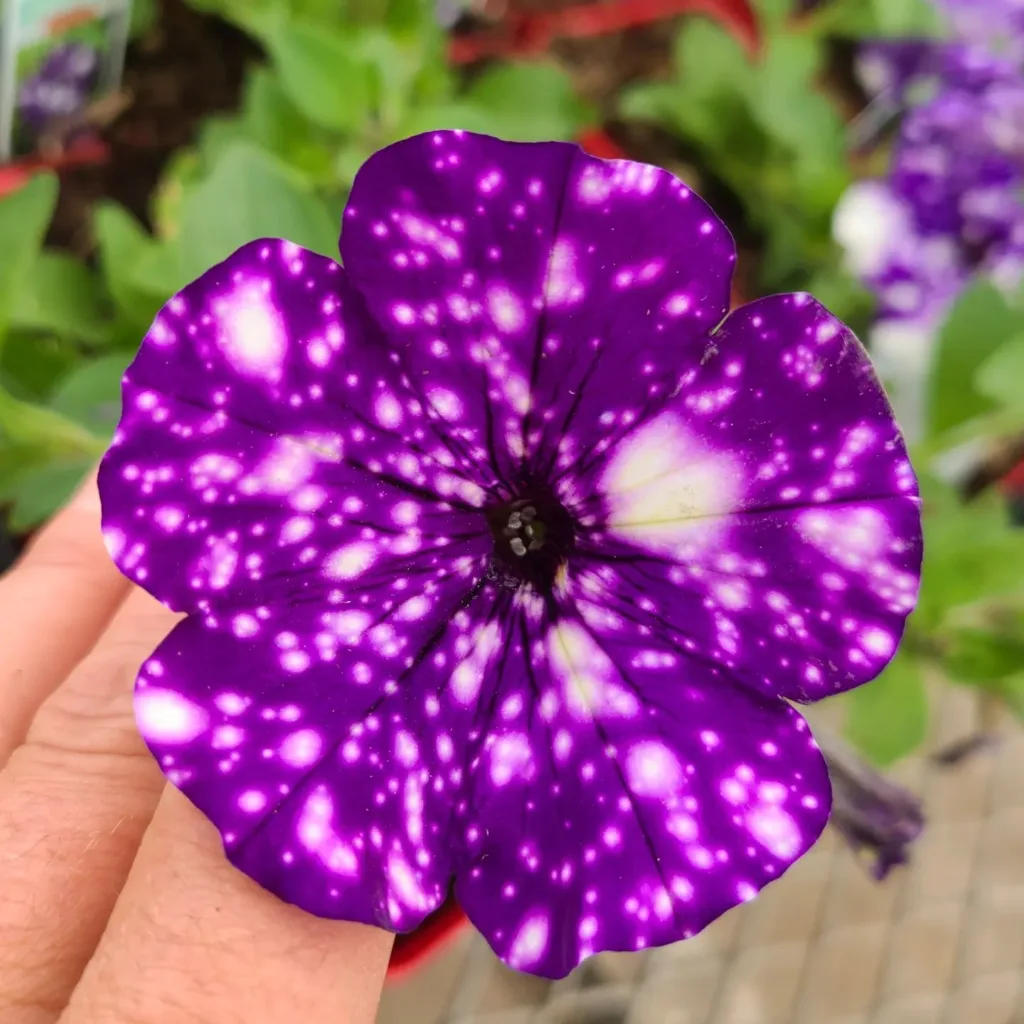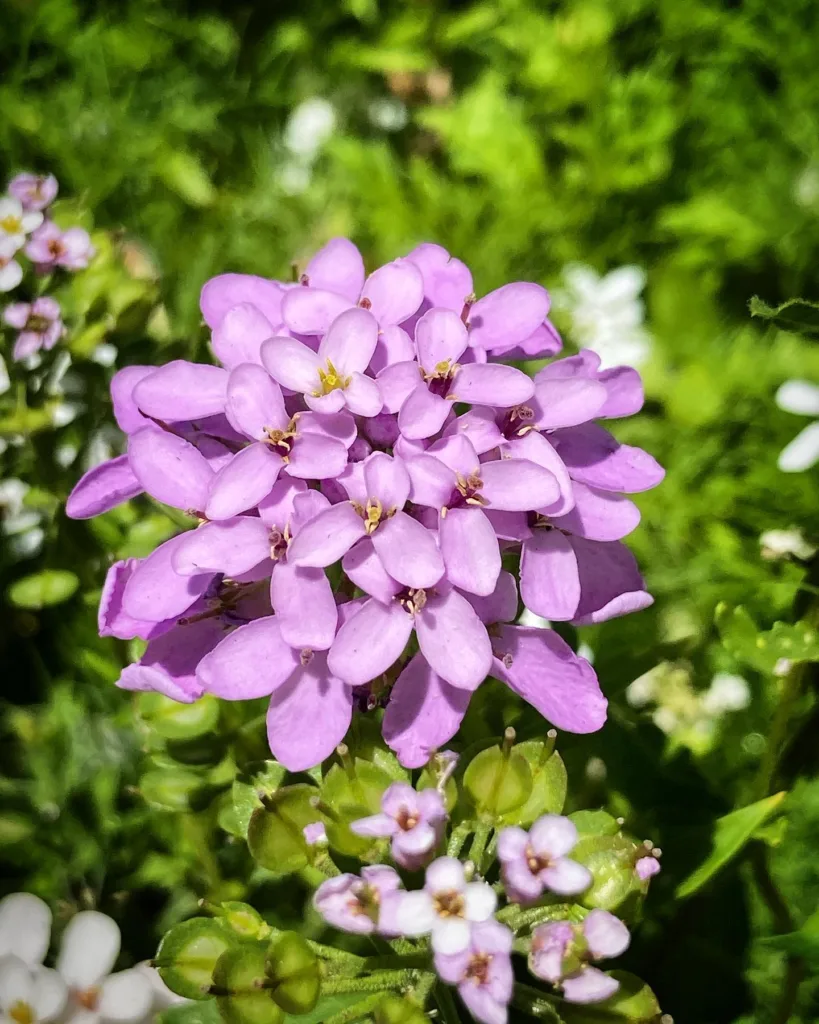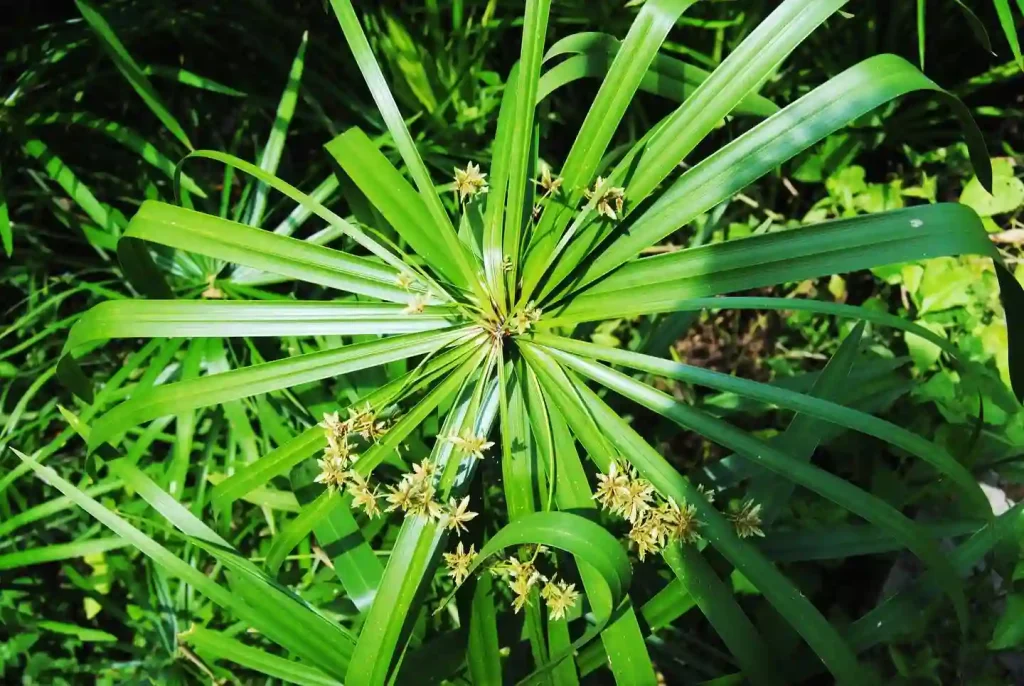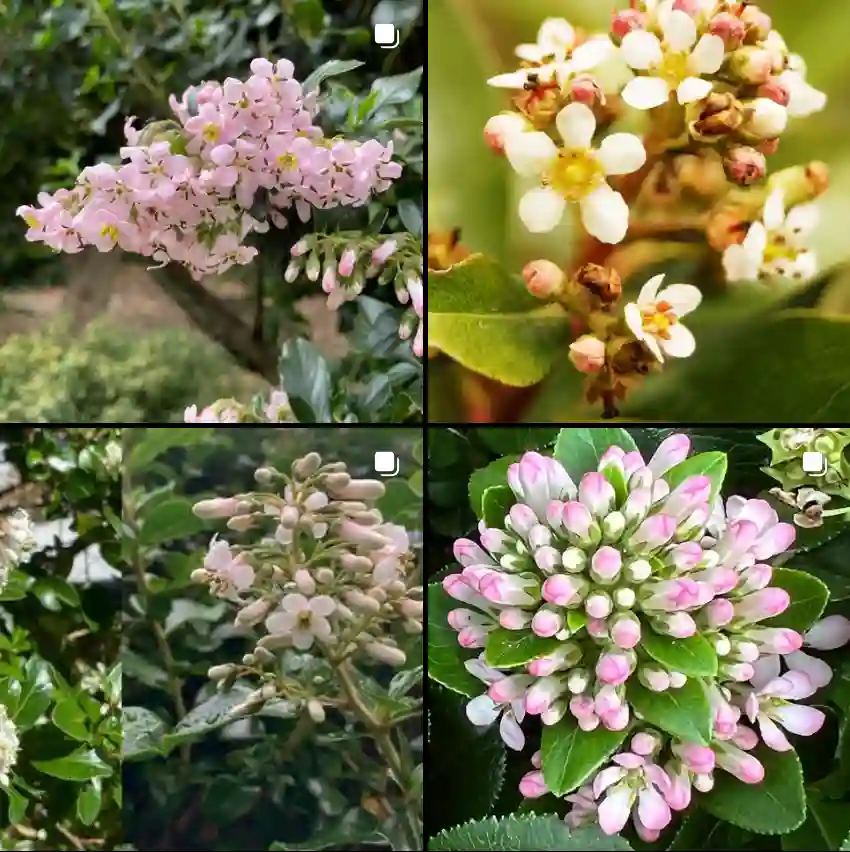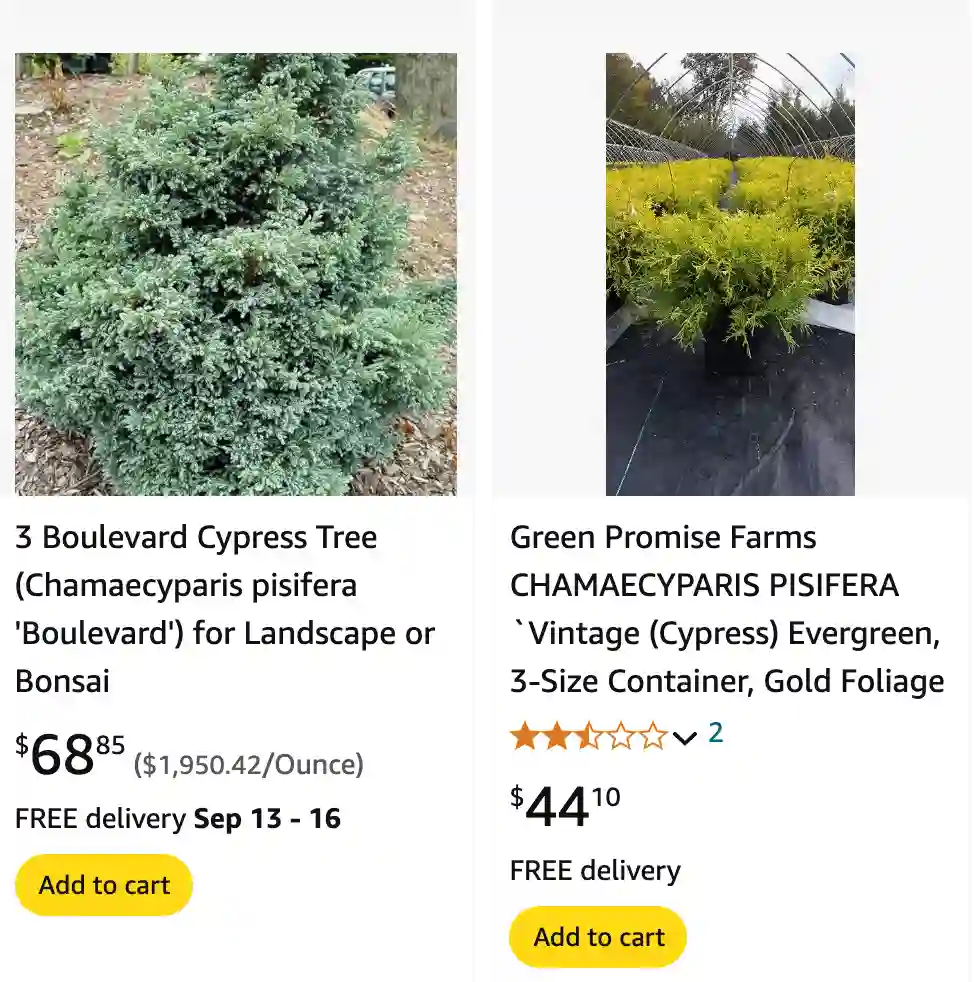
Frequently Asked Questions About Chamaecyparis Pisifera
As a gardening enthusiast, I often find myself drawn to the elegant and versatile Chamaecyparis Pisifera, also known as Sawara Cypress. This evergreen tree, native to Japan, offers a range of possibilities for landscaping and garden design. However, it’s not uncommon for people to have questions about its care and characteristics. In this article, I’ll address some of the most frequently asked questions I’ve encountered about Chamaecyparis Pisifera and share my personal experiences.
5 Species in Genus Chamaecyparis
What Is Chamaecyparis Pisifera?
Chamaecyparis Pisifera is an evergreen coniferous tree known for its soft, feathery foliage and graceful appearance. It’s commonly used in landscaping for its aesthetic appeal and versatility. The tree’s foliage can vary in color from green to blue-green, and it produces small, round cones. Its ornamental value and ability to adapt to various soil conditions make it a popular choice for both formal and informal garden settings.
How to Care for Chamaecyparis Pisifera?
Caring for Chamaecyparis Pisifera involves a few key practices. Ensure the tree is planted in well-draining soil and receives adequate water, especially during dry periods. Mulching around the base can help retain moisture and regulate soil temperature. Regularly check for pests and diseases, though Chamaecyparis Pisifera is relatively hardy. Providing some protection from harsh winter winds can also help maintain its health and appearance.
How Much Does Chamaecyparis Pisifera Grow?
One of the first things gardeners often want to know is the growth potential of Chamaecyparis Pisifera. In my experience, this tree can vary significantly in size depending on the variety and growing conditions. Generally, Chamaecyparis Pisifera can reach heights of 15 to 30 feet, with a spread of 10 to 20 feet. Some dwarf varieties, such as ‘Nana’ or ‘Pygmy’, stay much smaller, making them ideal for smaller gardens or container planting. Regular maintenance and proper care can also influence its size and shape over time.
How to Prune Chamaecyparis Pisifera?
Pruning is essential for maintaining the shape and health of Chamaecyparis Pisifera. I’ve found that the best time to prune is in late winter or early spring before new growth begins. Start by removing any dead, diseased, or damaged branches. To shape the tree, trim back the tips of the branches lightly to encourage a dense, compact form. Avoid cutting into old wood, as Chamaecyparis Pisifera does not regenerate well from old wood and may leave unsightly gaps.
Is Chamaecyparis Pisifera Deer Resistant?
If you’re dealing with deer in your garden, you might be wondering if Chamaecyparis Pisifera is a good choice. From my observations, Chamaecyparis Pisifera generally has some degree of deer resistance. While no plant is completely deer-proof, its aromatic foliage tends to be less appealing to deer compared to other plants. I’ve had success with this tree in areas where deer are a concern, though occasional nibbling might still occur.
Is Chamaecyparis Pisifera Poisonous to Dogs?
Pet safety is always a priority for me, and I understand the concern about whether Chamaecyparis Pisifera is toxic to dogs. According to my research and experience, Chamaecyparis Pisifera is not considered highly toxic to dogs. However, it’s still a good idea to monitor your pets and prevent them from chewing on plants, as ingestion of any plant material could potentially cause digestive issues.
Where to Buy Chamaecyparis Pisifera Filifera?
Finding specific varieties like Chamaecyparis Pisifera Filifera can be a bit of a treasure hunt. In my experience, the best places to purchase this variety are specialty nurseries and garden centers that focus on conifers and evergreen plants. Online plant retailers and garden mail-order services also offer a good selection. Always make sure to buy from reputable sources to ensure you receive healthy, well-cared-for plants.
Chamaecyparis Pisifera vs Nootkatensis
Comparing Chamaecyparis Pisifera with Chamaecyparis Nootkatensis (Nootka Cypress) is a common question among gardeners. Both species are attractive, evergreen conifers, but they have distinct differences. Chamaecyparis Pisifera tends to have a more compact growth habit and finer foliage compared to Chamaecyparis Nootkatensis, which generally grows taller and has broader, more leathery foliage. The choice between the two often comes down to the specific requirements of your garden space and the aesthetic you prefer.
Can You Grow Chamaecyparis Pisifera Indoors?
Growing Chamaecyparis Pisifera indoors is challenging due to its size and light requirements. While it can be grown in a large container as a houseplant, it generally thrives best outdoors where it can reach its full potential. If you’re set on an indoor option, consider dwarf varieties and provide them with plenty of bright, indirect light and a cool environment.
Benefits of Chamaecyparis Pisifera
Chamaecyparis Pisifera offers several benefits, including its year-round greenery, which provides color and texture to gardens throughout the seasons. Its compact varieties are ideal for small spaces or container gardening. Additionally, its tolerance for a range of soil types and its low maintenance needs make it a practical choice for many gardeners.
Common Problems with Chamaecyparis Pisifera
Despite its general hardiness, Chamaecyparis Pisifera can face some issues. Common problems include fungal diseases like root rot or blight, especially in poorly-drained soils. Pests such as spider mites or scale insects can also be a concern. Regular monitoring and prompt treatment can help manage these issues and keep your tree healthy.
If i die, water my plants!
